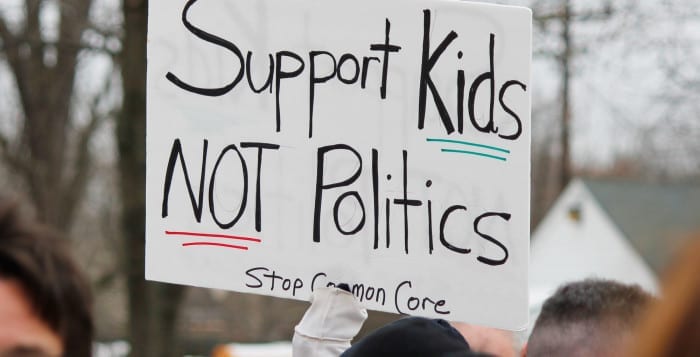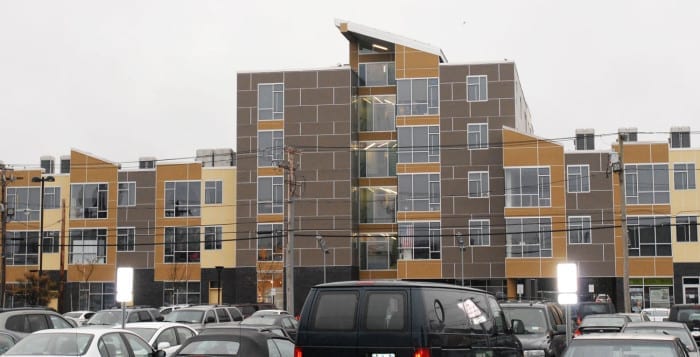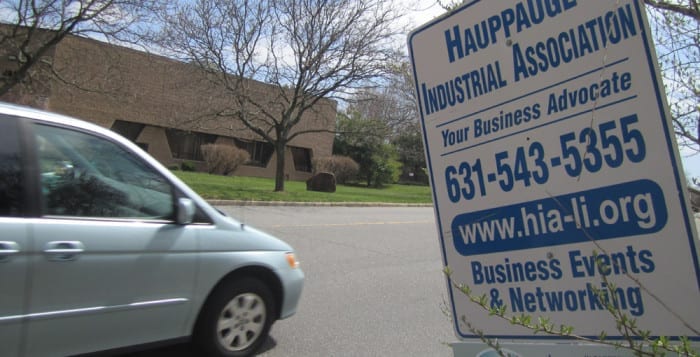By Gary D. Bixhorn & Susan A. Schnebel
After years of legislative gridlock in Washington, President Barack Obama has signed the Every Child Succeeds Act into law and called it a “Christmas miracle.” The bill had strong bipartisan support in both the House of Representatives and the Senate. Educators across the country have eagerly awaited the passage of this bill, which replaces the 15-year-old Bush Administration’s No Child Left Behind Act and the subsequent Obama Administration’s Race to the Top program. In combination, these two initiatives significantly expanded the federal government’s role in educational matters traditionally subject to state and local control. It’s been New York State’s implementation of these overreaching federal initiatives that’s generated so much dissent within the educational community and ultimately resulted in a public revolt in the form of the opt-out movement.
It appears, based on the new federal legislation, which scales back federal involvement and restores state and local control, that our leaders have learned an important lesson: A parent will not let their child’s education become an academic research project or a campaign platform. Parents expect schools to provide a safe, secure environment where teaching and leaning is fostered and protected. Given the new federal direction, it’s now time for the state to work with local school districts to give parents what they expect and students what they deserve — schools meeting high standards, with outstanding teachers and rich program offerings.
Clearly, now is the time to “hit the reset button” on reform efforts. Many of the more controversial provisions of the state’s effort to reform education were put in place to align with federal requirements that are now changing. Accordingly, key members of the state legislature are beginning to voice support for a moratorium on new state legislative requirements involving testing and teacher evaluation in accordance with recommendations of the Suffolk County School Superintendents Association and others. In addition, both Gov. Andrew Cuomo and the state education commissioner have established advisory councils to help sort out the tangled web of issues that have been created.
We cannot delay in taking advantage of the unique opportunity that the new legislation and a moratorium offer. We have an unusual second chance, a chance to “get reform right.” This time we must approach the issues in an inclusive, collaborative manner. In order to do this we have to identify the key issues and assign responsibility appropriately for addressing each of them.
What are the issues? Simply stated, they include the adoption and introduction of higher educational standards, appropriate student assessment, meaningful teacher evaluation, equitable school finance and state support, turning around failing schools and serving student populations with unique needs. A comprehensive, coordinated approach to addressing statewide needs in each of these six areas should begin without delay.
The Board of Regents and the commissioner of education, in concert with the governor and legislative leaders, should begin to draw up a plan to bring together stakeholders and form work groups focused on each of these areas. The work groups should include nationally recognized experts in the area of focus, as well as parents and seasoned practitioners. The work group looking into school finance and state support should also include representatives of the Division of Budget, the State Education Department, the comptroller and the legislature to assure that their work is tied to the reality of the state’s budgeting process.
Overall coordination of the effort should be within a structure agreed upon by the governor, legislative leaders and the Board of Regents. This isn’t as complicated as it may sound because so much effort has been expended in working through recent difficulties. There are many people who have a wealth of experience in dealing with these issues who would willingly contribute to such an effort.
We already know what the problems are; we’ve already made our mistakes. We should take advantage of our recent experience and immediately begin a comprehensive, coordinated, inclusive and transparent process and “get reform right” this time. The stakes are far too high to delay.
Gary D. Bixhorn is the executive director and Susan A. Schnebel is the president of the Suffolk County School Superintendents Association.














